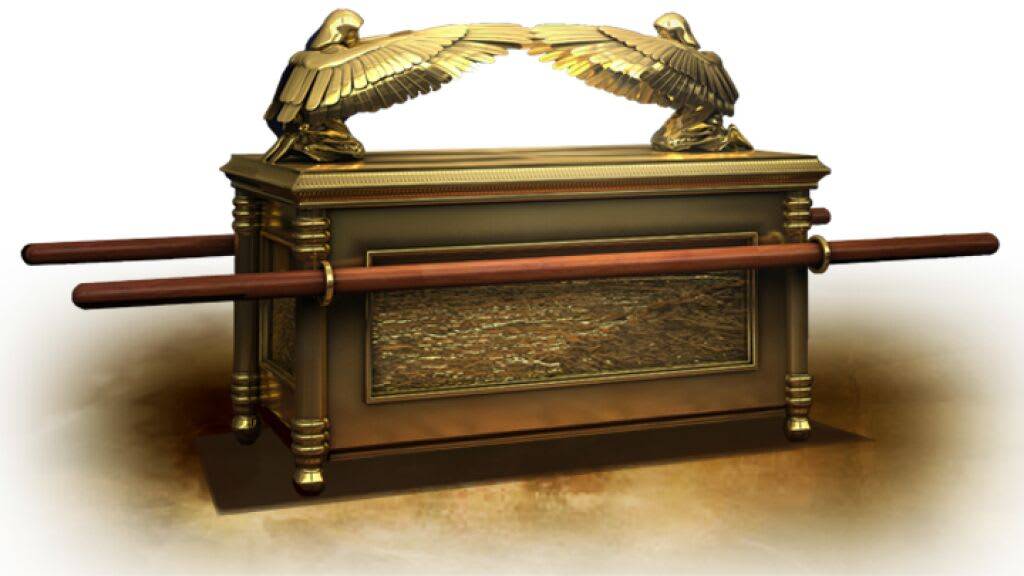The Ark of the Covenant is a fascinating and enigmatic relic that has captured the imagination of people for centuries. Its association with the divine and its supposed extraordinary powers have led to numerous theories and speculations about its origin and fate.
This article begins by drawing an intriguing connection between UFO sightings near nuclear weapons facilities and a potential interest in the Ark due to its possible radioactive materials. While this connection may be speculative, it sets the stage for exploring the various historical and mythical aspects of the Ark.
The Ark's origins are traced back to the biblical account in Exodus, where Moses is instructed by God to construct a special chest to house the stone tablets containing the Ten Commandments. According to the biblical narrative, the Ark possessed extraordinary powers, such as producing lightning, parting waters, and bringing down city walls. Some theorists propose that the Ark might have been a sophisticated technological device, likening it to an electrical capacitor or a means of communication with the divine, while others suggest it could have housed dangerous nuclear materials like uranium.
Following its role in aiding the Israelites during their journey through the desert, the Ark was housed in the Temple in Jerusalem. However, after the city's conquest by the Babylonians in 587 BC, the Ark's fate becomes shrouded in mystery. Various theories suggest that the prophet Jeremiah concealed the Ark before the siege, possibly taking it to the caves near Qumran, where the Dead Sea Scrolls were later discovered. Another intriguing theory involves the Knights Templar, who might have transported the Ark to Europe during the Crusades and hidden it in places like Rosslyn Chapel. On the other hand, a church in Ethiopia claims to possess the real Ark, although it remains a closely guarded secret, with no one allowed to see it.
Despite the numerous legends and theories, there is a lack of concrete evidence regarding the Ark's whereabouts. The absence of the Ark from historical accounts and the unverified nature of its alleged sightings in various locations add to the mystery surrounding its fate. The Ark's potential presence under the Temple Mount is also difficult to investigate due to excavation restrictions.
The enduring allure of the Ark lies in its potential rediscovery, which could spark conflicts or be interpreted as a sign of the end times according to apocalyptic prophecies. However, whether it is ever found or not, the Ark remains an emblematic relic of biblical times, symbolizing the deep human fascination with ancient artifacts and their hidden secrets.
The Ark of the Covenant's mythic status ensures its enduring place in history and culture. As long as its fate remains a mystery, the legend will continue to captivate the minds of believers, historians, and archaeologists alike. Its elusive nature highlights the irresistible allure of ancient relics and their associated legends, which persist through time, inspiring countless quests for truth and understanding.
In conclusion, the Ark of the Covenant is a captivating relic that has sparked intrigue and fascination for millennia. Its association with biblical stories, extraordinary powers, and enigmatic disappearance contribute to its enduring allure. Despite the absence of definitive evidence, the allure of the Ark's mystery continues to captivate the world, making it a timeless symbol of ancient relics and humanity's quest for knowledge and discovery. Whether the Ark is ever found or its fate remains forever concealed, its legacy as a potent emblem of faith and wonder will undoubtedly persist for generations to come.


